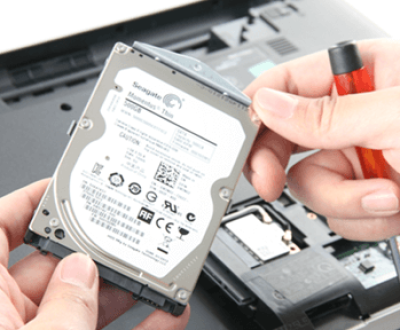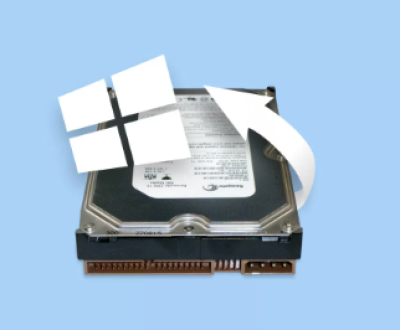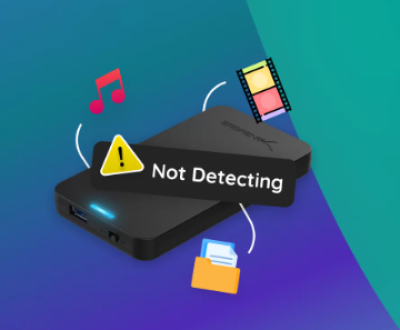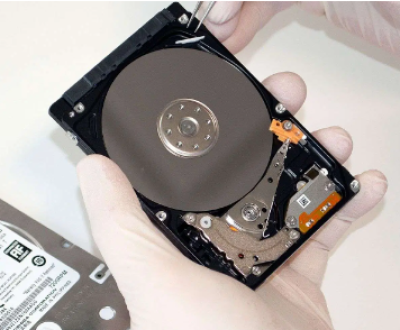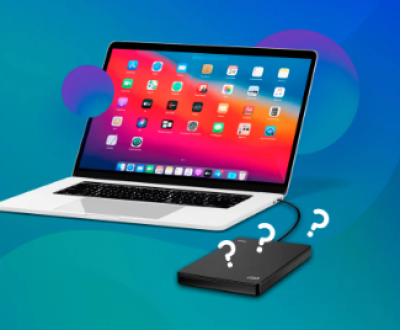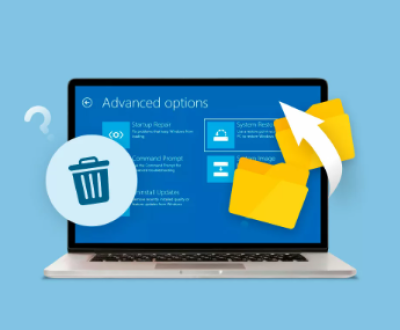A boot loop in Windows 10 can be a frustrating issue that prevents your computer from starting up properly. It occurs when the operating system continuously restarts without successfully loading into the desktop environment. This problem can be caused by various factors, such as incorrect system settings, corrupted system files, or hardware malfunctions. One effective way to resolve this issue is by using a USB drive to access the Windows Recovery Environment and perform specific troubleshooting steps.
Prerequisites
A working computer with an internet connection to create the Windows 10 bootable USB drive.

A USB drive with a capacity of at least 8GB.
Administrative privileges on the affected computer.
Creating a Windows 10 Bootable USB Drive
Download the Windows 10 Media Creation Tool:
Go to the official Microsoft website at https://www.microsoft.com/en-us/software-download/windows10.
Click the “Download tool now” button to download the Media Creation Tool.
Run the Media Creation Tool:
Locate the downloaded file and double – click on it to run the tool.
Accept the license terms and click “Next”.
Select the Installation Media:
Choose “Create installation media (USB flash drive, DVD, or ISO file) for another PC” and click “Next”.
Choose the Language, Edition, and Architecture:
Select the appropriate language, Windows 10 edition (such as Home, Pro, etc.), and architecture (usually 64 – bit unless you have a specific need for 32 – bit). Click “Next”.
Select the USB Drive:
Plug in the USB drive into the working computer.
The tool will detect the USB drive. Select it and click “Next”.
Create the Bootable USB Drive:
The tool will now download the necessary Windows 10 files and create the bootable USB drive. This process may take some time depending on your internet speed and the speed of the USB drive.
Once the process is complete, click “Finish”.
Booting from the USB Drive
Insert the USB Drive into the Affected Computer:
Shut down the computer with the Windows 10 boot loop issue.
Insert the created bootable USB drive into a USB port on the affected computer.
Change the Boot Order:
Turn on the computer and immediately press the appropriate key to enter the BIOS or UEFI settings. The key to press varies depending on the computer manufacturer. Common keys include F2. F10. F12. or Del.
In the BIOS/UEFI settings, navigate to the “Boot” section.
Use the arrow keys to move the USB drive to the top of the boot order list. This ensures that the computer will boot from the USB drive first.
Save the changes and exit the BIOS/UEFI settings.
Start the Computer from the USB Drive:
The computer will now boot from the USB drive. You should see the Windows Setup screen.
Select your language preferences, time and currency format, and keyboard layout. Click “Next”.
Click the “Repair your computer” link at the bottom left corner of the screen.
Troubleshooting and Fixing the Boot Loop
Accessing the Windows Recovery Environment:
In the “Choose an option” screen, select “Troubleshoot”.
Then, select “Advanced options”.
Using System Restore:
In the “Advanced options” screen, choose “System Restore”.
Select a restore point that was created before the boot loop issue started. You can usually choose a recent restore point from the list.
Follow the on – screen instructions to complete the system restore process. This may take some time, and the computer will restart several times.
Running Startup Repair:
If system restore does not work or is not an option, go back to the “Advanced options” screen and select “Startup Repair”.
The Startup Repair tool will automatically scan for and fix any problems that are preventing Windows from starting correctly. Wait for the process to complete.
Using Command Prompt:
If the above methods do not resolve the issue, you can use the Command Prompt in the “Advanced options” screen.
Type the following commands one by one and press Enter after each command:
bootrec /fixmbr: This command repairs the Master Boot Record, which is responsible for starting the computer.
bootrec /fixboot: This command repairs the boot sector of the system partition.
bootrec /scanos: This command scans for all installed Windows operating systems.
bootrec /rebuildbcd: This command rebuilds the Boot Configuration Data store, which contains information about the operating system installations and how to boot them.
After running these commands, exit the Command Prompt and try to restart the computer.
Checking for Hardware Issues
Memory Check:
Sometimes, a boot loop can be caused by faulty RAM. You can use the Windows Memory Diagnostic tool, which is available in the “Advanced options” of the Windows Recovery Environment.
Select “Windows Memory Diagnostic” and follow the on – screen instructions. The tool will scan your computer’s memory for errors. If any errors are found, you may need to replace the faulty RAM module.
Hard Drive Check:
A failing hard drive can also lead to boot loop problems. You can use disk checking tools to scan for and repair any errors on the hard drive.
In the Command Prompt, type chkdsk C: /f (assuming your Windows installation is on the C drive). This command will check the specified drive for errors and fix them if possible.
Updating Drivers and Windows
Updating Drivers:
Outdated or incompatible drivers can cause boot loop issues. Once you have successfully booted into Windows, you should update all your device drivers.
You can do this by going to the Device Manager (press Windows Key + X and select “Device Manager”).
Right – click on each device and select “Update driver”. Follow the on – screen instructions to update the drivers.
Windows Update:
Make sure your Windows 10 is up to date. Go to Settings > Update & Security > Windows Update and click “Check for updates”. Install any available updates. This can help fix known bugs and improve the stability of the operating system.
Preventing Future Boot Loop Issues
Regular Maintenance:
Perform regular maintenance on your computer, such as running disk cleanup, defragmenting the hard drive (for traditional hard drives), and keeping your software and drivers up to date.
Be Cautious with System Changes:
Before making any major system changes, such as installing new software or making registry modifications, create a system restore point. This way, if something goes wrong, you can easily revert back to a previous working state.
Use Reliable Software and Hardware:
Only install software from trusted sources and use high – quality hardware components. Avoid using pirated software or cheap, unbranded hardware that may cause compatibility issues.
About us and this blog
Panda Assistant is built on the latest data recovery algorithms, ensuring that no file is too damaged, too lost, or too corrupted to be recovered.
Request a free quote
We believe that data recovery shouldn’t be a daunting task. That’s why we’ve designed Panda Assistant to be as easy to use as it is powerful. With a few clicks, you can initiate a scan, preview recoverable files, and restore your data all within a matter of minutes.
Subscribe to our newsletter!
More from our blog
See all postsRecent Posts
- How to recover data from portable hard drive 2025-07-10
- How to recover data from a broken hard drive 2025-07-10
- How do i recover files from a formatted hard drive 2025-07-10

 Try lt Free
Try lt Free Recovery success rate of up to
Recovery success rate of up to

